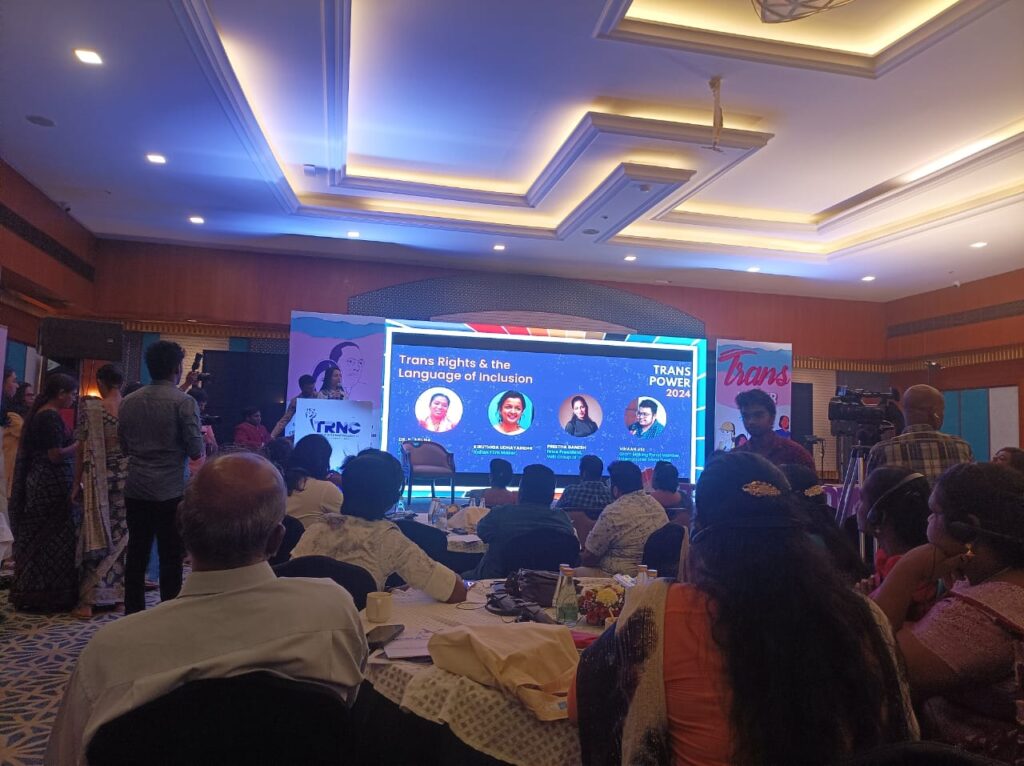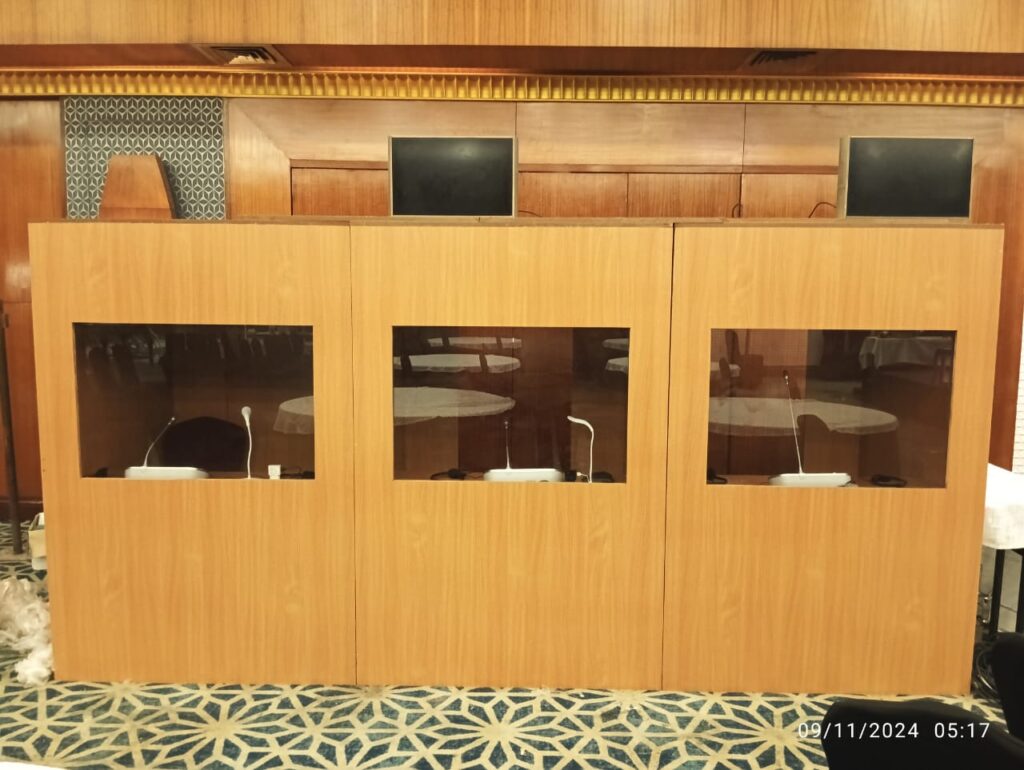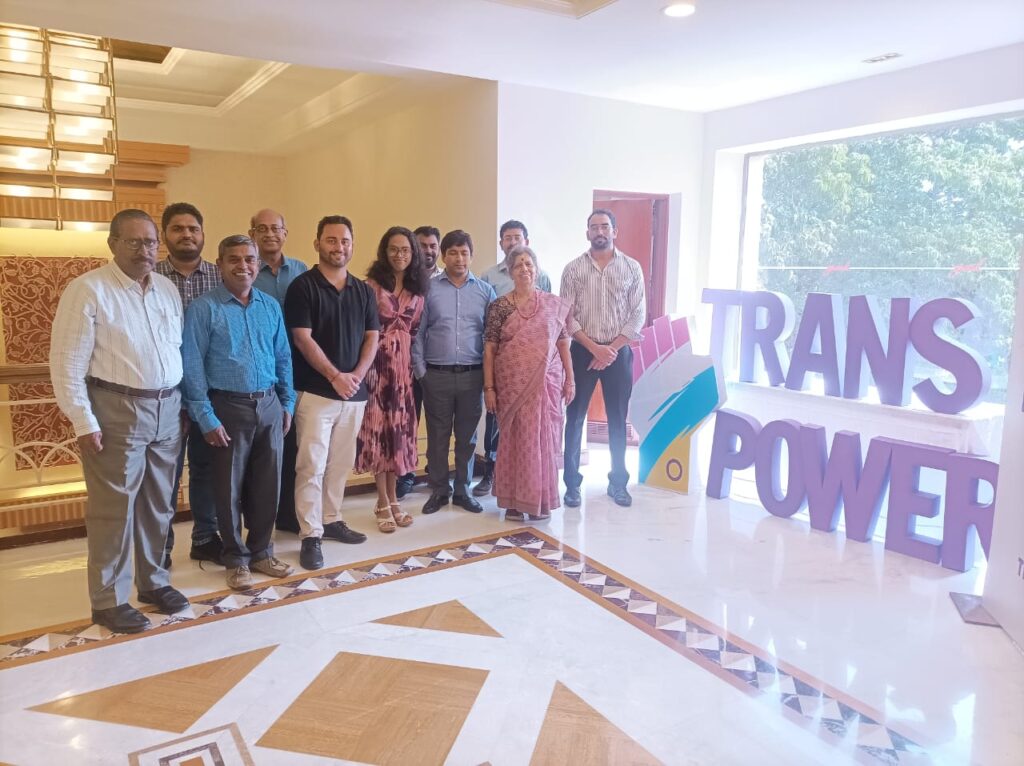
Successful Completion of Three-Language Interpretation Conference in Chennai
Our “Get Any Language” team proudly supported a conference on “Trans Gender Policy and Pride” held in Chennai. The event was a proof to our commitment to inclusivity and accessibility, focusing on empowering transgender societies. With attendees from India and the United States, this event had a truly diverse audience, who spoke Hindi, English, and Tamil.
As language facilitators, we tried to bridge the language gaps through seamless interpretation services. Here’s an inside look at how we managed this multilingual conference over two days.
Understanding the Interpretation Types: Simultaneous and Consecutive
Understanding both the types of interpretation used in events is necessary. Here’s a brief look at the two main methods we use:
1. Simultaneous Interpretation:
Purpose: Suitable in situations involving large groups of audiences who need interpretation of different languages at once.
Requirements: Two interpreters for every language to ensure continuous coverage. Headsets and microphones are used to select different language channels by the attendees.
Example Scenario: During a program of 8 hours with continuous speeches, simultaneous interpretation guarantees that every person in the hall receives an accurate interpretation instantly, without any delay.
2. Consecutive Interpretation:
- Purpose: Suitable for a limited number of people or when discussing with several people at once.
- Requirements: One interpreter integrates segments and translates after the other speaker has stopped speaking.
- Example Scenario: Best suited to small parties or working meetings whenever direct people contact is preferred.
For the Transgender Policy and Pride conference, we used simultaneous interpretation because of the large number of attendees and their different language backgrounds.
Event Overview: A Two-Day Conference with Three Language Pairs
The conference was to cover two days and was packed with a detailed program aimed at sharing knowledge and empowering trans people from rural regions. For an event with 100 attendees wherein Hindi, English, and Tamil were the predominant languages, our challenge was to make language an irrelevant factor in this learning-based and advocacy-oriented meeting. Here’s a quick overview of how the event unfolded:
- Location: The Grand Hotel, Chennai
- Date: 9th–10th November 2024
- Event Duration: Day 1: 8 hours of intensive sessions. / Day 2: 4-5 hours of concluding discussions.
- Audience Composition: 100 Attendees included individuals from rural areas in India and the United States
- Languages Supported: Hindi, Tamil, English
Deploying a Skilled Interpretation Team
For smooth interpretation, we hired ‘six highly skilled interpreters to attend to the three-language translator set. For each language pair, there were two professional interpreters to deliver instant translation. This made it easier for the audience to switch from one language to another accordingly.
Language Pairs: (English-Hindi with 2 interpreters), (Hindi-Tamil with 2 interpreters), and (Tamil-English with 2 interpreters)
All the pairs could work depending on the speaker’s language, and ensures that every audience could follow along. When an English speaker was on stage the “English-Hindi” and “English-Tamil” interpreters were engaged while the “Hindi-Tamil” pair was inactive. This strategy helped to prevent situations where messages overlap or become confused with the same target group.
The structure enabled the participants to follow every speech and discussion in their most comfortable language to ensure an inclusive event.
Channel Setup for Clear, Real-Time Interpretation
To allow participants to tune in to the language of their choice, we set up three dedicated audio channels:
- Channel 1: English
- Channel 2: Tamil
- Channel 3: Hindi
This setup helped the attendees to effectively choose the language they wished to listen to. They just had to change the channel on their headsets to match the speaker’s language and avoid confusion.
Workflow: How We Managed Language Transitions Smoothly
Our interpreters worked in sync to provide real-time language transitions based on the active speaker’s language. Here’s how we managed each language switch:


English Speaker
When the English speaker was speaking then the English-Hindi and English-Tamil interpreters were working to translate. While the Hindi-Tamil interpreters remained silent.
Hindi Speaker
When the Hindi speaker was on the stage, the Hindi-English and Hindi-Tamil interpreters were working to translate. While the English-Tamil interpreters were not participating.
Tamil Speaker
When the Tamil speaker was speaking the Tamil-English and Tamil-Hindi interpreters were actively translating. While the English-Hindi interpreters remained silent.
This organized workflow helped in maintaining a systematic approach where interpretations remained concise, and the participants did not get confused when translating between one language and another.
Interpretation Booths: A Space for Focused Translation
To ensure interpreters had the best environment to work in, we provided them with a conducive working environment by creating three booths, one for each language pair.
3 Booth Setup
- Booth 1: English-Hindi interpreters
- Booth 2: English-Tamil interpreters
- Booth 3: Hindi-Tamil interpreters
Each booth was equipped with headsets, microphones, and the necessary audio channels. This setup allowed interpreters to focus on their specific language pair, ensuring high-quality translation.

Event Success: Highlights and Takeaways
The two-day event was a great success, with attendees gaining insights and sharing perspectives on transgender policies free from language barriers. Here’s what made this event stand out:
Engagement of 100 attendees from diverse backgrounds.
3 Language channels allowed participants to switch seamlessly between languages.
6 Interpreters covered all language combinations, ensuring no one missed out.
3 Dedicated booths allowed interpreters to work without interruption.
Attendees expressed appreciation for the smooth language access, and many said it made them feel truly included in the discussions.
Conclusion: Making Language Accessibility a Reality
This 2-day conference held at Chennai was such a success for Get Any Language that it underlined our efforts towards the realization of language barriers. It is a privilege to have been able to bring together different people and their opinions to enhance their awareness and engagement irrespective of the language barrier.
We aimed to break language barriers so that the attendees could communicate, learn, and even share experiences. By having dedicated teams, proper planning, and a strong focus on the interpretation systems we were able to guarantee an effective and sustainable event. This success testifies to our ability to work with multilingual events and emphasizes our devotion to diversity.
We hope to provide more such services so that language helps in the unification of the people instead of putting them apart. For more information on our language services or to find out how Get Any Language can help with your next function, please get in touch with us.
